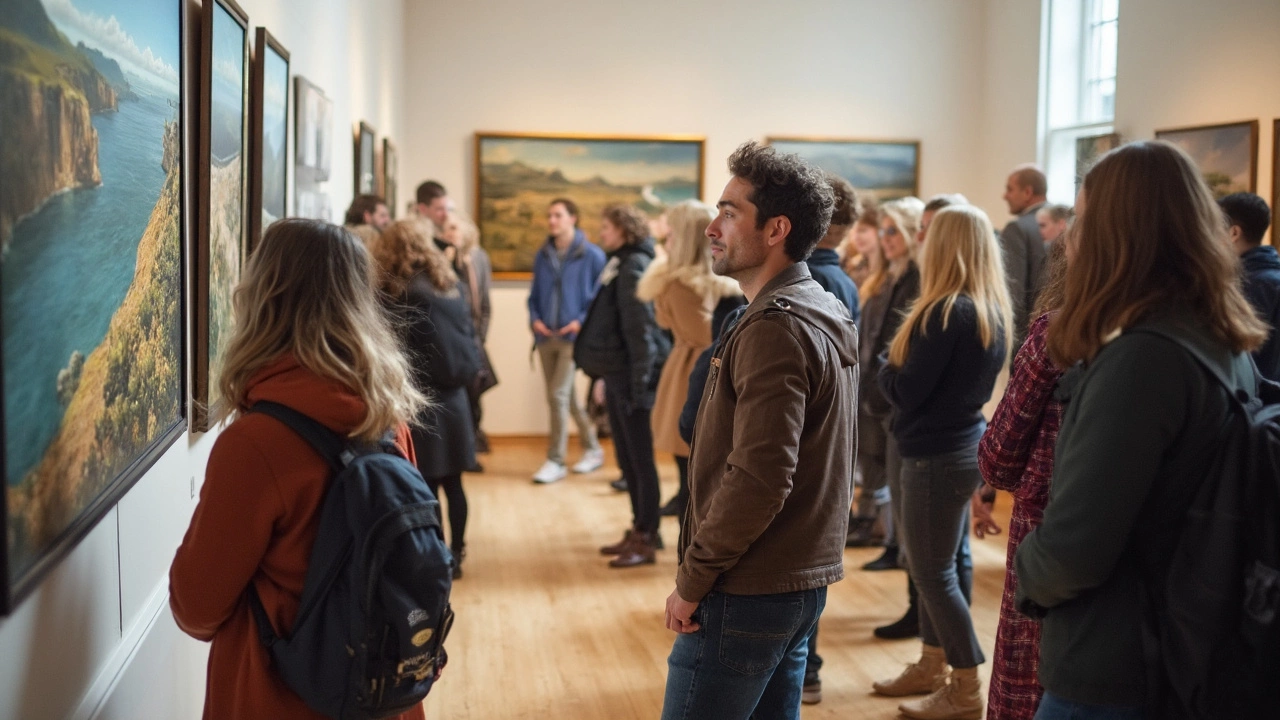Realistic Landscape Painter: Practical Tips and Tools
If you love turning real‑world scenery into paint, you’re in the right place. A realistic landscape painter focuses on true‑to‑life colors, lighting, and perspective. The goal is simple: make the viewer feel like they could step right into the picture. Below are the core habits that help you get there without getting lost in theory.
Master Light and Shadow
Light decides the mood of any outdoor scene. Start by observing where the sun hits the hill, tree, or river. Sketch the biggest light shape first, then add the darkest shadows. Use a limited palette – a warm yellow, a cool blue, and a neutral gray – to keep the values clear. When you blend, work from light to dark; it’s easier to pull darkness in than push brightness out.
Build Depth with Color Temperature
Depth isn’t just about size; it’s about temperature. Warm colors (reds, oranges) push objects forward, while cool colors (blues, greens) pull them back. Apply this rule to sky, foliage, and distant mountains. A quick trick: add a touch of ultramarine to distant greens, and a dab of cadmium orange to foreground foliage. Your landscape will instantly feel three‑dimensional.
Next, pick the right brushes. A flat brush works great for sky gradients, while a round brush handles fine leaf details. Keep a medium‑sized filbert for foliage blobs – it gives you both edge control and soft coverage. Clean brushes between color changes; leftover pigment creates unwanted muddy tones.
When you start a new painting, do a quick underpainting in a single value (often a warm gray). This helps you see the big shapes before getting lost in color. After the values dry, layer thin glazes of color on top. The glaze method preserves the light underneath and adds richness without overmixing.
Reference photos are priceless, but don’t copy them pixel by pixel. Use them to understand how light falls, then interpret that with your own brushstrokes. If you can’t get outside, set up a simple still‑life of rocks, leaves, and a lamp to practice the same light‑and‑shadow rules.
Finally, keep a sketchbook. Jot down quick ideas, color swatches, and notes about the time of day you saw a scene. Those snippets become the foundation for full‑size paintings later. Review past sketches to spot patterns – maybe you love mountain peaks or river bends – and let that guide your next project.
Realistic landscape painting is about observation, simple color tricks, and steady practice. Use these steps, stay patient, and watch your canvases turn into windows that truly look like the world outside.

15 May 2025
Discover who truly captured nature with jaw-dropping accuracy in landscape painting. This article digs into the roots of realistic landscapes, highlights top artists, and shows how these painters turned rough sketches into lifelike scenes. You'll grab practical tips on spotting realism and some fun trivia that makes the art world way less stuffy. Whether you're an art newbie or just want to drop some facts at your next hangout, we've got you covered.
Continue reading...
